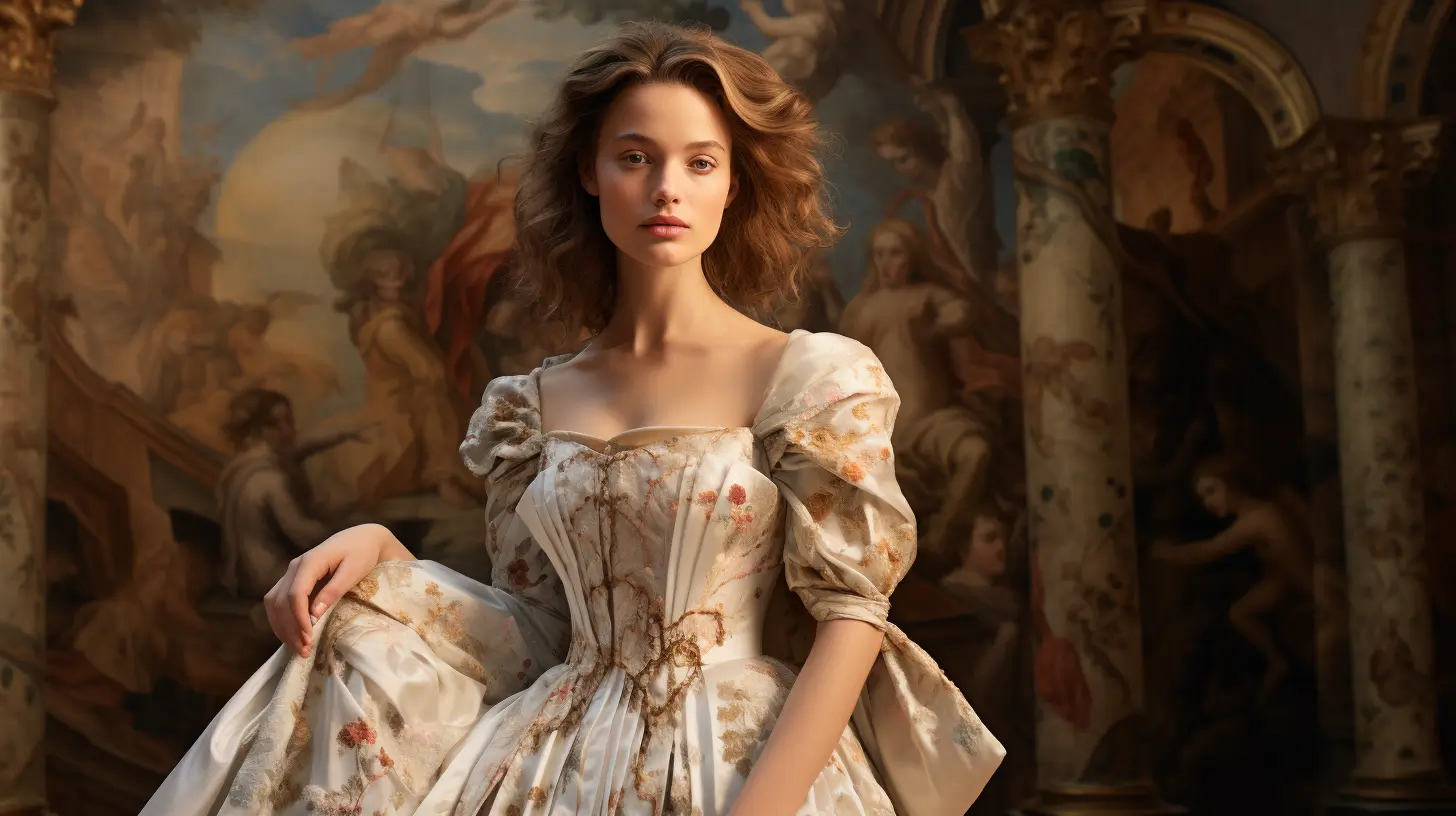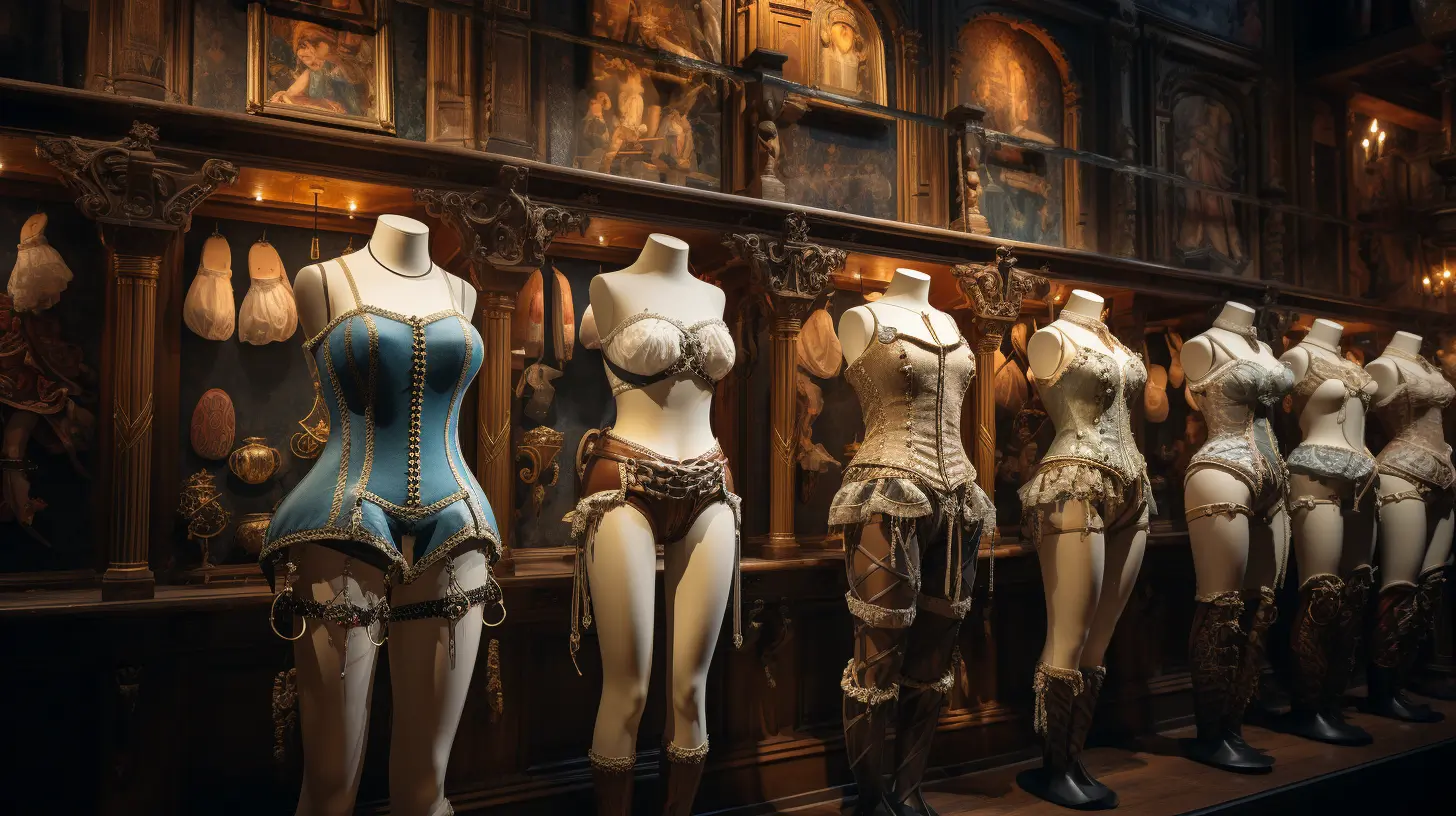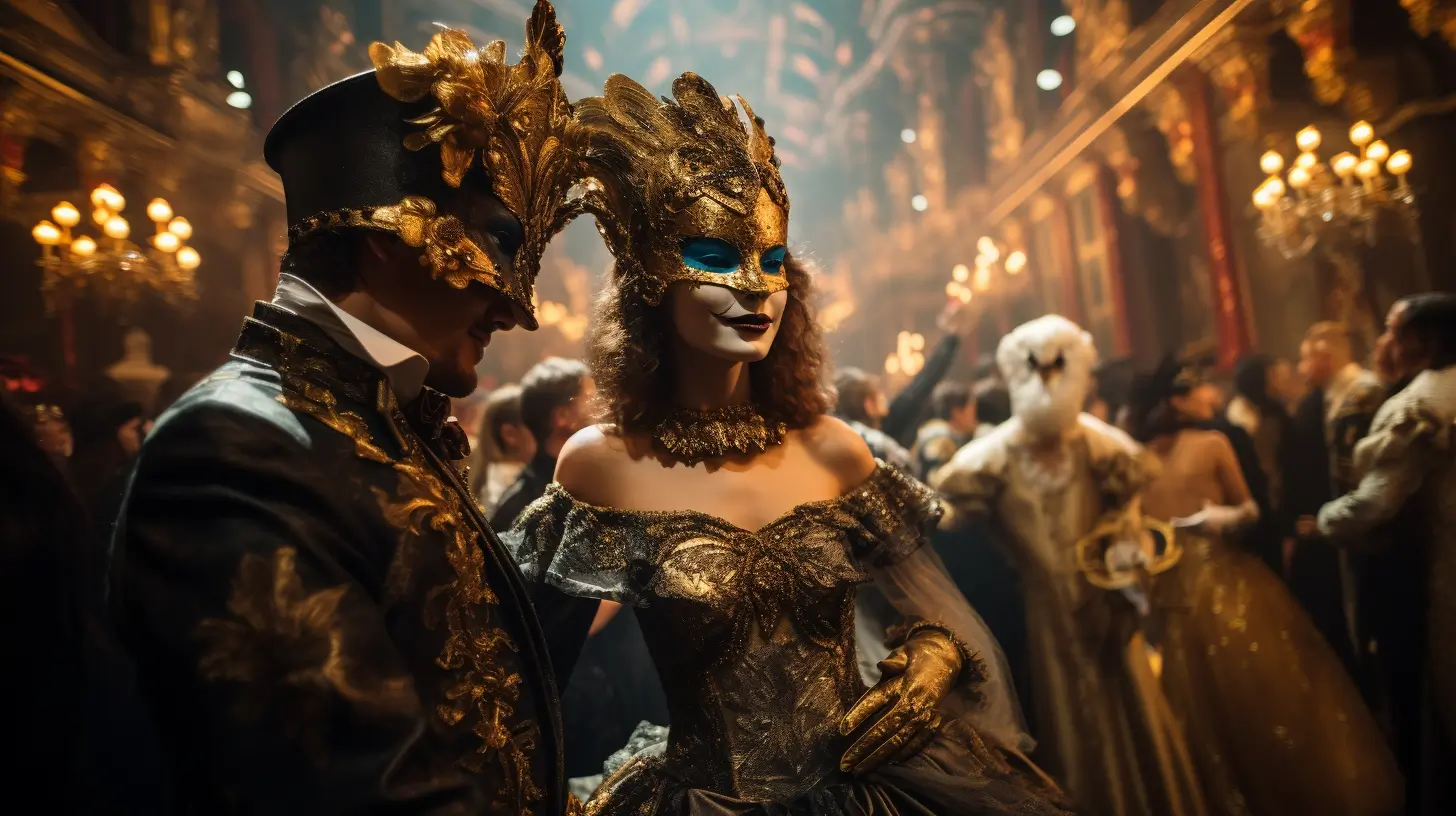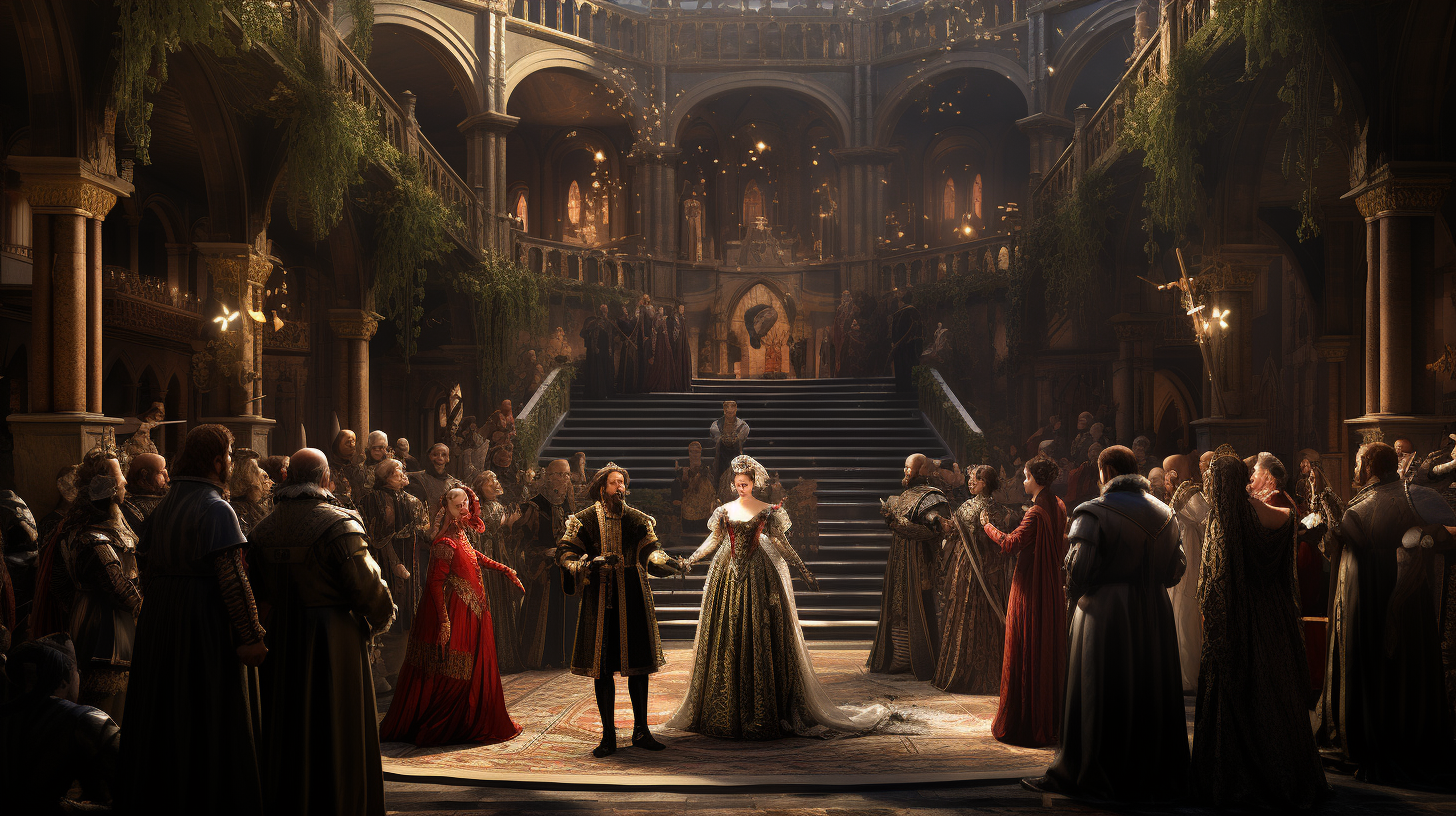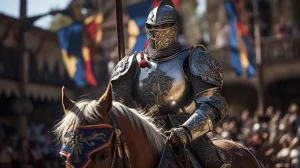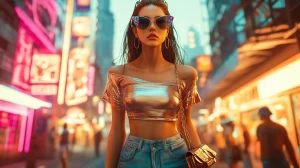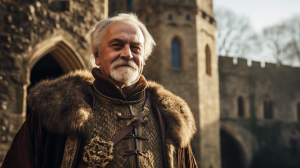
A New Era of Elegance
Fashion, for as long as we can remember, has been a mirror of the world we live in. It is more than just the clothes we wear—it is a reflection of our values, our ambitions, and the shifting sands of societal expectations. And yet, as we look to the past, particularly to the world of Bridgerton, it’s clear that fashion also offers something more. It connects us, elegantly and unexpectedly, to a history that is at once familiar and entirely reimagined.
The first glimpse of Bridgerton enchants us with its sweeping ballrooms, its flowing gowns, and the unmistakable grandeur of the Regency era. But beneath the delicate embroidery and empire waistlines lies something much more daring. The fashion in this world is not bound by the constraints of history—it flirts with modernity, challenging what we expect from a period drama. Vibrant hues that never graced the wardrobes of 1813 shimmer on screen, and fabrics that belong on today’s catwalks breathe new life into gowns once reserved for the aristocracy.
It is as though we are watching history reinvent itself, whispering of the past but daring to embrace the present. The costumes of Bridgerton tell the story of more than just a time gone by; they speak to a world that we recognize—a world where diversity, boldness, and expression reign supreme. The garments we see on screen aren’t just of another time, they are a testament to the evolution of style and the power of fashion to challenge, inspire, and redefine.
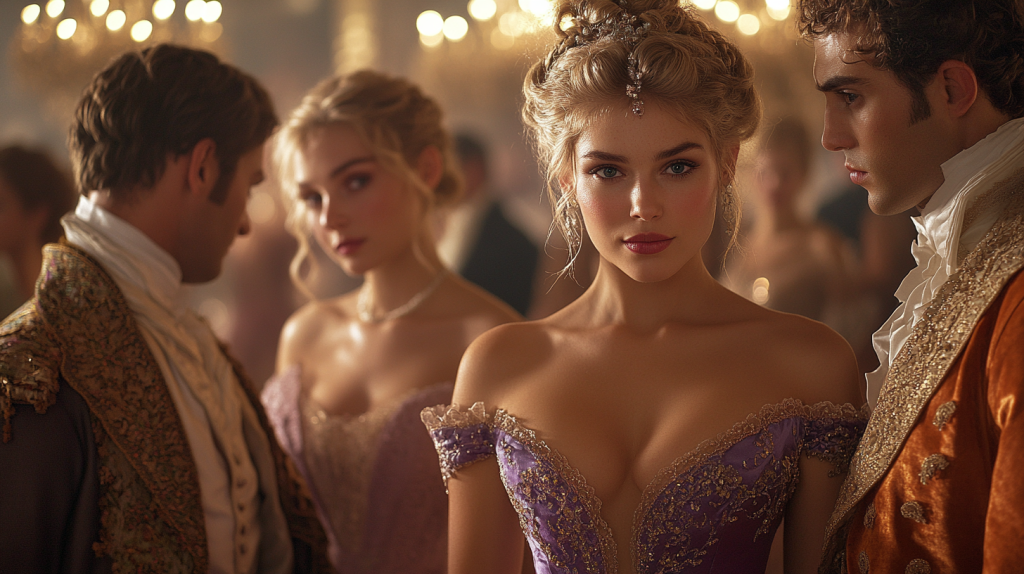
Fashion as a Narrative: Beyond the Threads
Fashion, you see, is far more than what meets the eye. It is a living, breathing narrative, woven into the very fabric of society. In Bridgerton, the clothes tell a story that transcends mere historical accuracy—they carry meaning, emotions, and statements that echo far beyond the ballroom. The delicate silks and shimmering satins whisper secrets of love, power, and ambition. Yet, they also speak to the world we live in today.
The costume designers have done something quite extraordinary here. They’ve taken the elegance of the Regency era and infused it with a vibrancy that feels utterly modern. While tradition might dictate pastels and soft muslin gowns, Bridgerton dares to drape its characters in hues of bold purples, jewel-toned greens, and vivid golds. The fashion in this world doesn’t simply exist to reflect the past—it becomes a conversation with the present.
It’s as though we are watching a dream of history, one where the lines between then and now blur gracefully. The characters, their stories, their struggles—they are draped in garments that feel timeless, yet undeniably modern. The result? A visual spectacle that challenges us to rethink how we see both fashion and the times we live in.
And perhaps, most importantly, these choices remind us that the clothes we wear are never just clothes. They are statements. In Bridgerton, fashion is not only about beauty or elegance; it’s about identity, self-expression, and, ultimately, power. What you wear tells the world who you are, and more importantly, who you aspire to be.
Subverting Gender Norms Through Fashion
Fashion, much like society, has long imposed rules on what men and women should wear. These rules, often unwritten, create boundaries—who is allowed to be bold, who must remain restrained. Yet in Bridgerton, these lines begin to blur. The men, dressed in their impeccably tailored waistcoats and breeches, seem to embody the ideal of the Regency gentleman, yet their garments exude a certain flamboyance—a richness of color and detail that feels entirely modern. Velvet coats in deep jewel tones, cravats with intricate embroidery, and brocade fabrics more akin to the runway than the drawing room suggest a quiet rebellion against the limitations of their time.
The women, too, are not merely adorned with gowns that reflect their roles as debutantes, wives, and mothers. No, their wardrobes tell stories of empowerment, independence, and personal evolution. Take Daphne Bridgerton, for instance. Her early wardrobe is delicate, filled with pale blues and whites—an innocent vision of femininity that reflects her role as the season’s debutante. But as her character grows, as she begins to wrestle with her identity and the expectations placed upon her, we see her fashion shift. Her gowns become bolder, the fabrics richer, the colors darker. It’s a visual journey—a transformation not just of character, but of the very essence of what it means to be a woman in a world governed by tradition.
What’s perhaps most fascinating is the way Bridgerton uses fashion to quietly dismantle these gendered expectations. The men are allowed to be ornate, even opulent, while the women evolve from symbols of purity into more complex, multifaceted characters—through what they wear. In this world, fashion doesn’t simply adorn; it liberates. It challenges the viewer to rethink the roles of men and women, both in history and today.
And so, the question remains: Is this a world where clothing reflects the past, or one where fashion is used to reimagine it? Perhaps it is both. A nod to the restrictive roles of yesteryear, but with a wink to the freedom and fluidity we now cherish.
Rethinking Race Through Fashion
One of the most powerful ways Bridgerton reshapes the past is through its casting and costuming of characters from diverse racial backgrounds, particularly in roles of power and influence. In Regency England, aristocracy and privilege were entwined with race, with wealth and status almost exclusively reserved for white elites. Yet in the world of Bridgerton, this assumption is turned on its head—and fashion plays a significant role in driving that narrative.
Queen Charlotte, portrayed as a Black woman, is a striking example. Draped in gowns that are as regal as they are extravagant, her presence commands every scene she inhabits. Her towering wigs, elaborate embroidery, and dazzling jewelry are a visual representation of her authority and royal status. But more than that, they are a reimagining of who holds power in a historical context, making a bold statement that race does not dictate royalty or influence.
Fashion here is not just a reflection of the character’s wealth, but of her place in a modern, re-envisioned society. By placing Queen Charlotte in such elaborate and unapologetically grand attire, the show disrupts historical expectations and opens the door for a more inclusive retelling of the past—one that invites us to rethink not just what people of different races might have worn, but who they could have been.
The diverse casting extends beyond the Queen. The Duke of Hastings, with his impeccably tailored suits and smoldering gaze, represents an aristocracy that is elegant and entirely modern. His wardrobe, with its sharp lines and deep, luxurious fabrics, embodies a wealth that transcends traditional racial boundaries. It’s not just the casting that is revolutionary—it’s how the fashion frames these characters as integral, powerful figures in a historical world that otherwise may have excluded them.
Through this lens, Bridgerton doesn’t just use fashion to retell history; it rewrites it. The world it presents is one where race, wealth, and status are in conversation with each other, but not in the way we might expect. Here, fashion becomes a tool of empowerment, a way of imagining a world where power and beauty are not confined to one race or class.
Bridgerton’s Influence on Modern Fashion
The impact of Bridgerton extends far beyond its ornate ballrooms and romantic storylines. Its fashion—bold, unapologetically opulent, and cleverly modern—has made waves in the real world, influencing contemporary designers, fashion enthusiasts, and even bridal collections. The Regency-inspired trends that dominate the show are now making their way into modern wardrobes, and it’s not hard to see why.
One of the most obvious influences is the resurgence of puff sleeves and empire waistlines, two key elements of Regency fashion. Designers, from high fashion to streetwear, have embraced these timeless silhouettes, but they’re doing it with a twist. Today’s versions are exaggerated, often crafted in vibrant colors and luxurious fabrics, echoing the boldness of Bridgerton’s reinterpretation of history. Suddenly, what was once seen as old-fashioned is now fresh, exciting, and relevant.
Beyond the runways, you can see Bridgerton’s impact in everyday fashion. Corset tops, once confined to historical dramas or costume parties, are now a wardrobe staple for the fashion-forward. The way Bridgerton merges historical elegance with modern sex appeal has brought corsets back into mainstream fashion—but not in the restrictive, uncomfortable way they once were. Today’s corsets are a nod to the past, but they’re styled with a sense of freedom and individuality that fits perfectly into the modern woman’s wardrobe.
Then there’s the world of bridal fashion, where Bridgerton’s influence is perhaps most visible. Empire waist wedding dresses, delicate lace details, and pearl-encrusted accessories are all making a comeback, as brides look to the show for inspiration. There’s something undeniably romantic about the idea of walking down the aisle in a gown that could belong to a Regency heroine, but with the modern twist of daring necklines, intricate beading, or even the inclusion of vibrant colors.
This blending of past and present has become Bridgerton’s signature, and the fashion world has taken notice. It speaks to a desire for elegance and fantasy in a world that can often feel far too practical. The show invites us to indulge in the beauty of the past, but without the constraints of historical accuracy. It’s a form of escapism, but one that feels very much grounded in the freedom and creativity of today’s fashion.
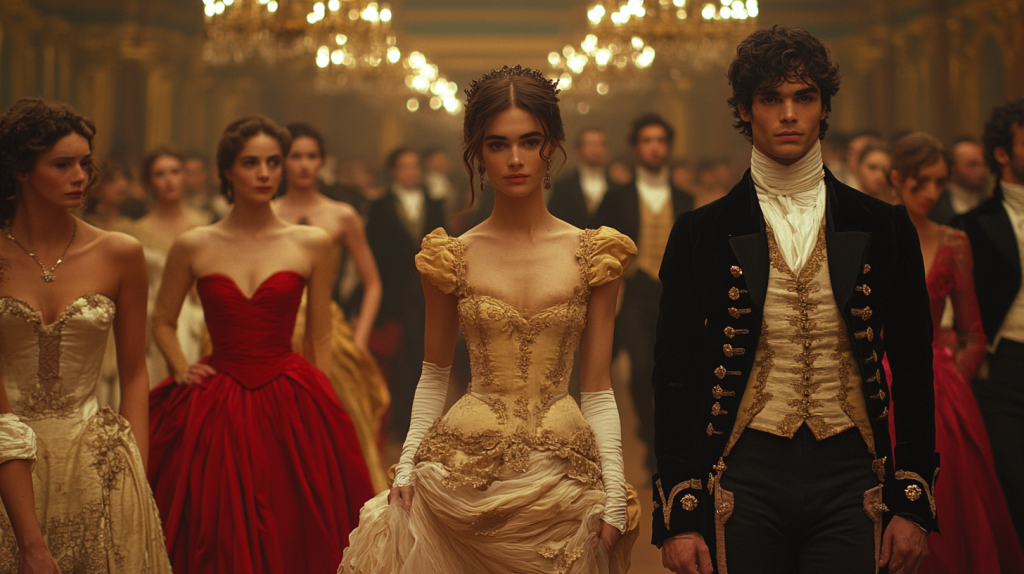
Fashion as a Reflection of Societal Change: Then vs. Now
Fashion, as seen in Bridgerton, is more than just a beautiful costume draped on aristocrats—it’s a mirror, reflecting the society that wears it. In Regency England, the way one dressed wasn’t just about style. It was about rank, power, and rigid societal roles. Who you were, and where you stood in the social hierarchy, was sewn into every stitch of fabric. Clothing was, quite literally, a uniform of status.
But here’s where Bridgerton makes its mark. Instead of simply recreating the past, it reimagines it—infusing those societal markers with a modern twist. The show doesn’t ignore the constraints of the time, but it also challenges them. In this world, fashion becomes a tool for storytelling, yes, but more than that, it’s a tool for rewriting societal rules.
In Regency times, the empire waist and delicate muslin dresses represented the feminine ideal: soft, graceful, and modest. Fast forward to today, and Bridgerton takes that same silhouette but uses it to reflect a more empowered, expressive woman. The characters on the show are far from silent figures moving through their marriages and social duties. They are fierce, intelligent, and independent, and their fashion reflects this. The women of Bridgerton wear their gowns not as symbols of restriction but as bold declarations of their presence and power.
Similarly, the men of Bridgerton are not confined by traditional masculinity. Their ornate, colorful, and richly detailed clothing reflects a time when men were expected to be adorned in a more restrained fashion. Yet, in this world, the men’s clothing is flamboyant, a subtle hint at the evolving ideas of masculinity that exist today. The Duke of Hastings, with his fitted coats and luxurious fabrics, is the epitome of male elegance—but also a modern ideal, where strength and vulnerability can coexist.
At the heart of this sartorial revolution is the reflection of modern society’s changing values. Today, we value diversity, self-expression, and the breaking down of rigid gender norms. Bridgerton takes the fashion of the past and overlays it with these ideals, creating a world that looks familiar but feels distinctly modern. The show uses fashion to bridge the gap between then and now, reflecting how far we’ve come in terms of freedom, identity, and societal expectations.
In Bridgerton, fashion is more than just a nod to the past; it’s a tool to reshape how we see history—and, in turn, how we see ourselves today.
The Timeless Appeal of Bridgerton’s Fashion
Bridgerton is not merely a window into the past; it’s a reimagined world where the fashion of another era is brought to life with a modern twist. The clothes are vibrant, bold, and daring—just like the characters who wear them. Through its costuming, the show invites us to explore how history can be reshaped, how old rules can be broken, and how the beauty of the past can still speak to the issues of today.
Fashion in Bridgerton isn’t a rigid recreation of 19th-century life. Instead, it offers a fresh take on what elegance, power, and identity can look like when we blend the traditions of the past with the freedom of the present. It’s a reminder that fashion, like society, is constantly evolving. It’s a dialogue between what once was and what could be, offering us a glimpse of a world where race, gender, and class are no longer constraints but opportunities for bold self-expression.
Ultimately, Bridgerton reminds us that fashion is never just about clothing. It’s about telling a story—a story that spans centuries, one that reflects the culture of today even as it draws inspiration from history. And perhaps that’s why the show’s style resonates so deeply with modern audiences. It allows us to dream about a time long gone, but through the lens of the world we live in now. Fashion, in Bridgerton, is timeless—rooted in the past, but endlessly relevant.


